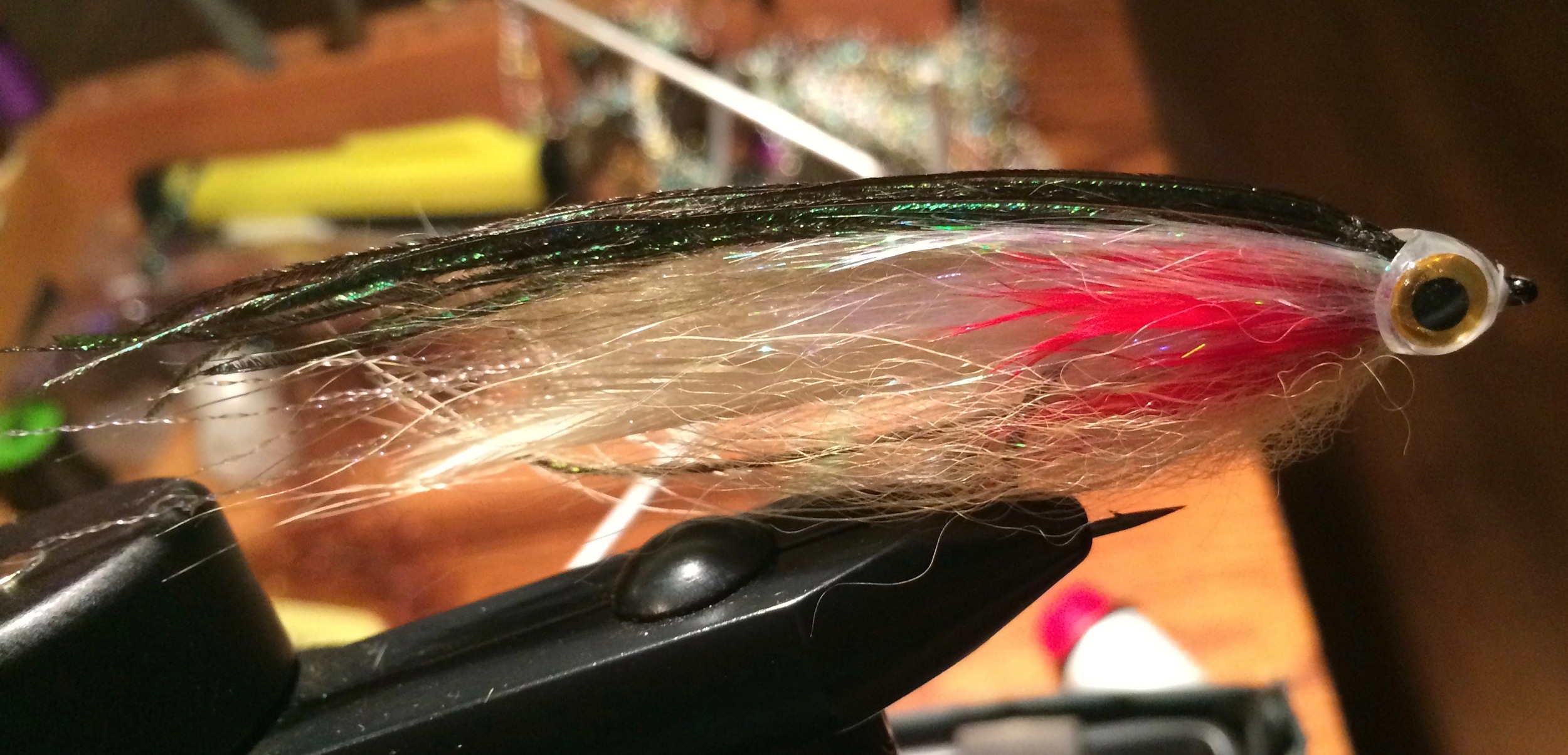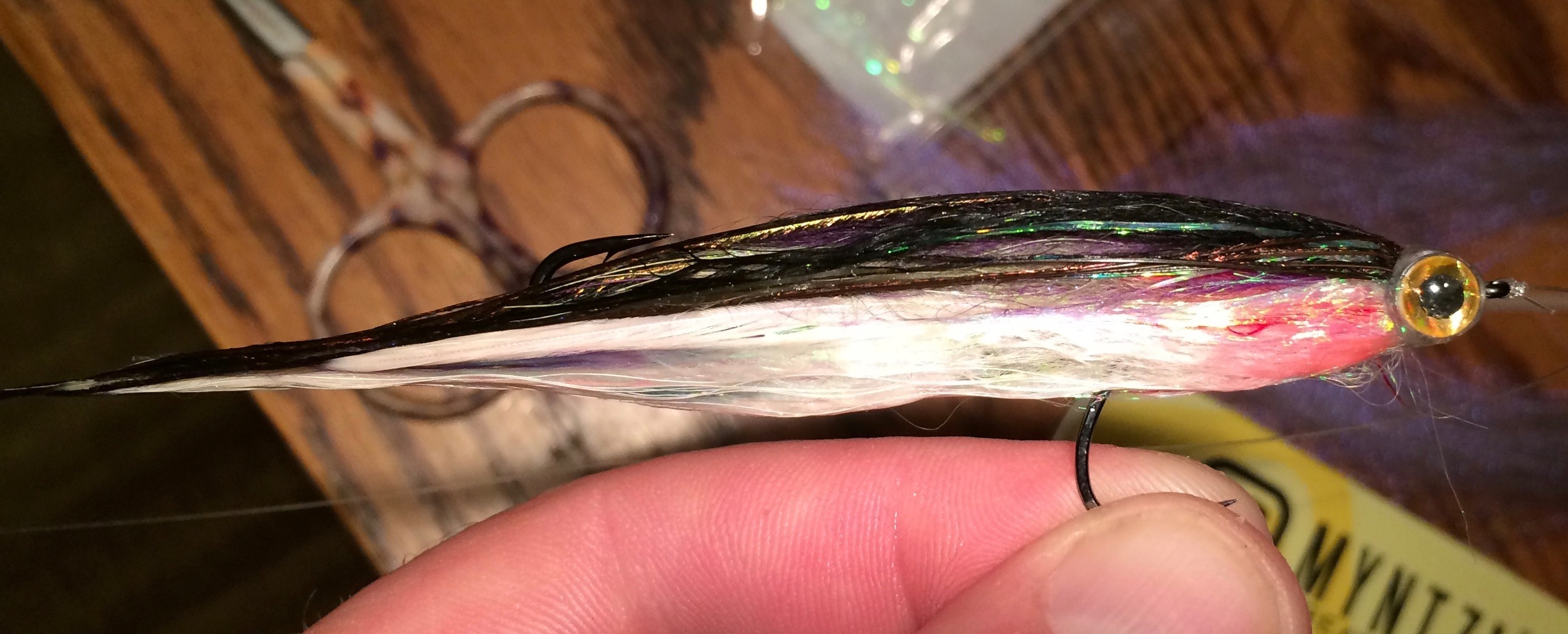Talk to any fisherman that has spent much time on the Delaware and mention the word alewife. You're likely to hear tales of epic fishing and ravenous brown trout. As with many fishing stories, exaggeration is likely. Hell, it's pretty much a given. But the stories about the alewives spilling and the feeding frenzy it can cause might just be true, at least as true as a fisherman's story can get.
Alosa pseudoharengus, or alewife, is an anadromous species of herring found in many reservoirs and lakes across North America. These abundant baitfish are a staple in the diet of many sportfish that call these bodies of water home. Named after the portly female alehouse keepers of the late 17th century, "ale-wife" is thought to describe the oversized front half of the fish when compared to other fishes of the same water.
Cannonsville reservoir, which feeds the West Branch of the Delaware, is home thousands if not millions of these shiny-sided fish. When the reservoir spills, after reaching 100% capacity, there is a chance that the alewives could come over the top and enter the river. You can imagine what happens when this occurs. The trout of the river which are used to eating mayfly and caddis larvae, as well as adult forms on the surface, basically "go crazy" for the discombobulated baitfish. Most fish will be regurgitating half-digested alewives when brought to the net during this time. It really is a sight to be seen.
There are a few key points to remember when the water starts to spill and streamer fishing turns bananas. Usually, in a "reservoir spilling" situation, you are going to have good streamer fishing but it isn't a given there will be any alewives in the river. Cannonsville is a 95.7 billion gallon reservoir and the alewives have to be in the "right place at the right time" to come over the face of the dam. These fish move around depending on the season, water temp, availability of food etc. So they have to be high in the water column and near the dams overflow spillway to create the magical fishing we all desire. Many people assume they come over any time the dam spills, simply not true. On the other hand, they can come via the release chamber from a typical bottom release.
As far as fishing an alewife pattern, I tend to use a 7wt rod and some sort of sink tip, likely a 200 grain one with a head of at least 15-20ft. If the water isn't over 1,000 cfs, which is rare if the reservoir is spilling, I'll use a floating line like a Rio Outbound Short, Wulff Ambush, or Orvis Bankshot. All lines that will shoot as far as I want with only one or two false casts. As with most streamer fishing, keep your leaders short. 5-7 foot of 12# test will work fine and allow you to get fish in quickly in the heavy flows, hence the 7wt.
Flies, I am a huge fan of Half and Halfs or Clouser minnows. I prefer the Half and Half due to the deceiver hackle out of the back that gives it more movement. Tied correctly they are deadly and you don't need multiple articulations to make a fly move. I prefer natural materials for my freshwater flies, they just move better but I will throw in some synthetic flash but keep it sparse. One other note on flies and the pictures attached will help prove my point. ALL of my streamers have a dark or darker top half and a lighter underside or belly. It's true with all fishes and insects too, the top is always darker. I hate flies tied in one color, eg. all white, they simply don't look real, they don't look natural. I like to put peacock herl on the top of my alewife patterns and quite a bit of it as it helps the overall look of the fly and it isn't the most durable material and will get broken after catching a few fish.
So, next time you're scheduled to come up and fish the Delaware and you see a massive storm heading our way don't fret. It could be the situation you've been dreaming of. You might even come home with a few unbelievable "fish stories" to pass on to your friends who couldn't make it.




